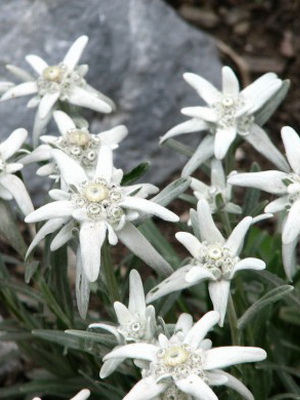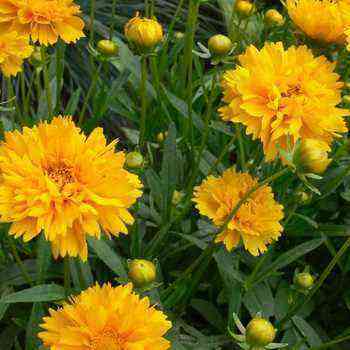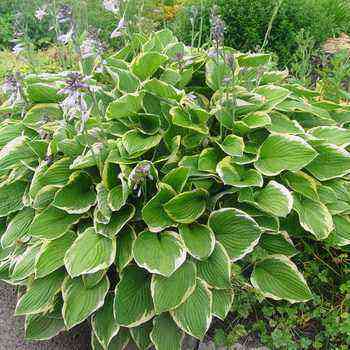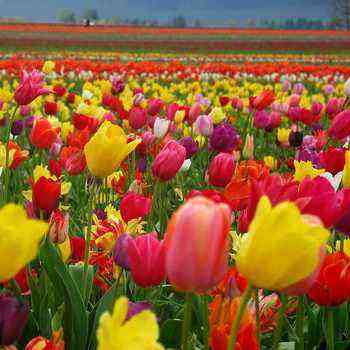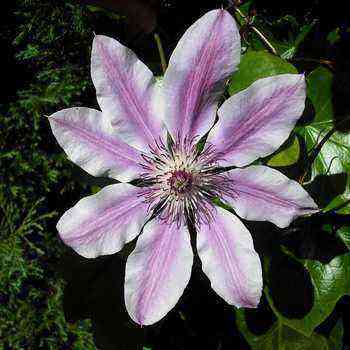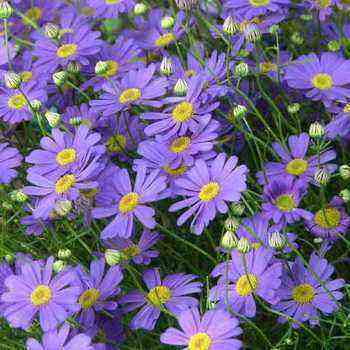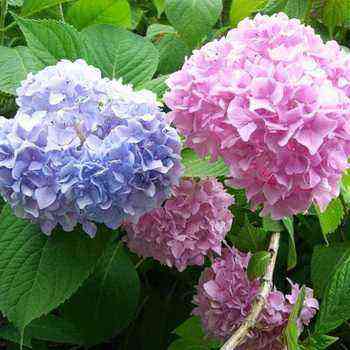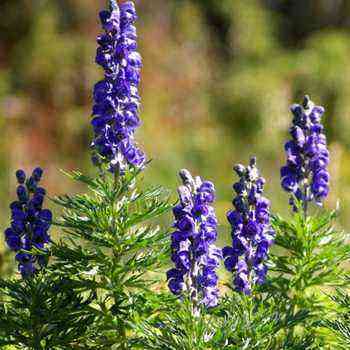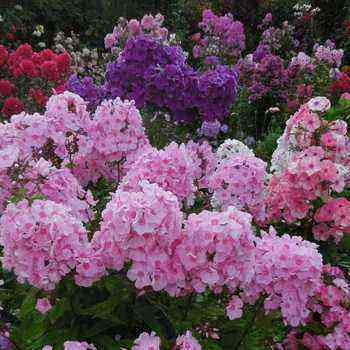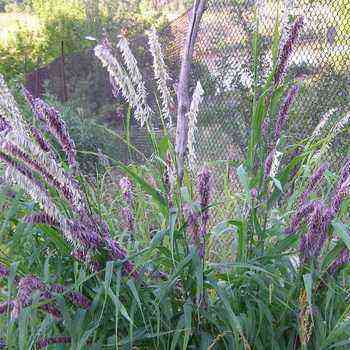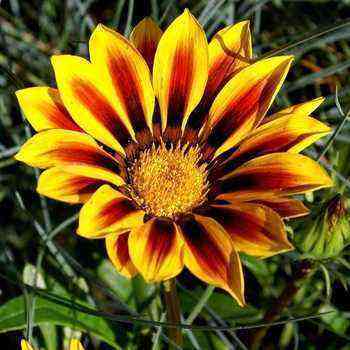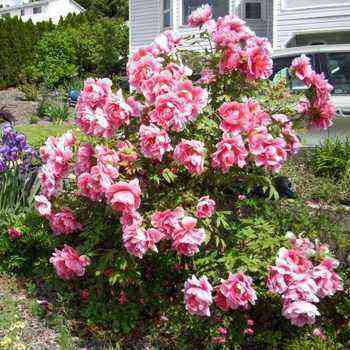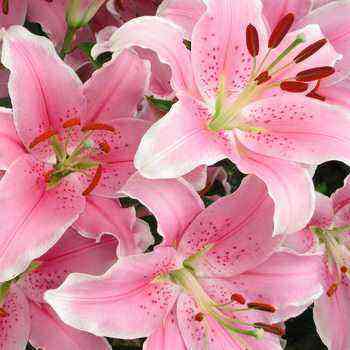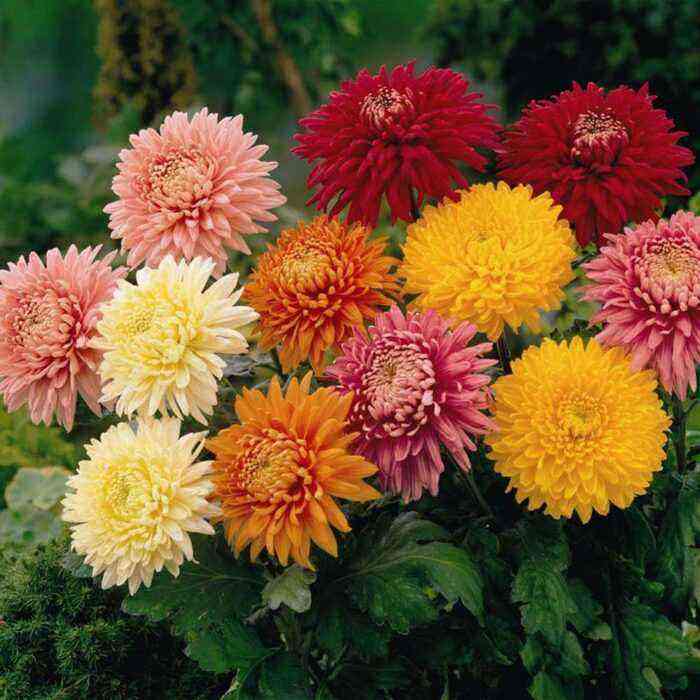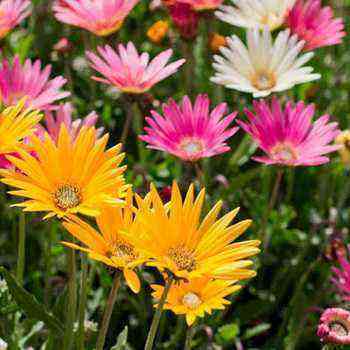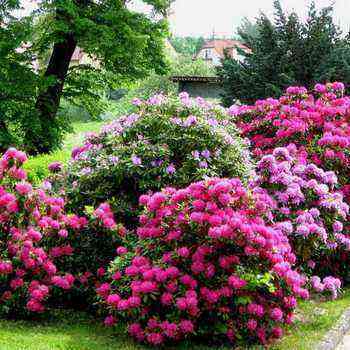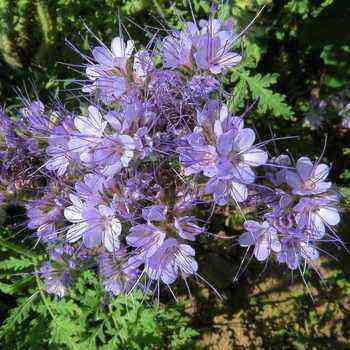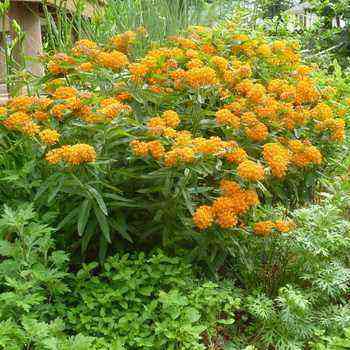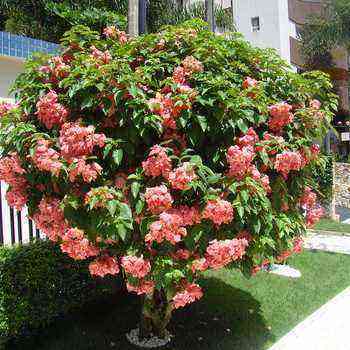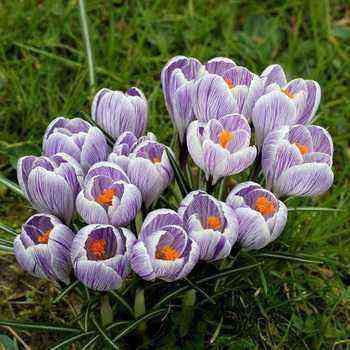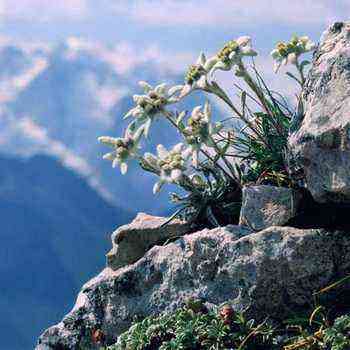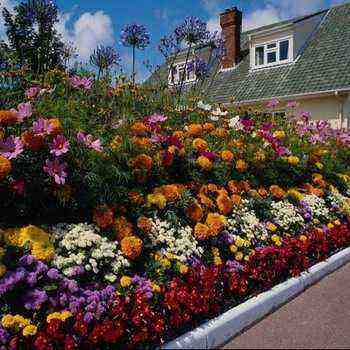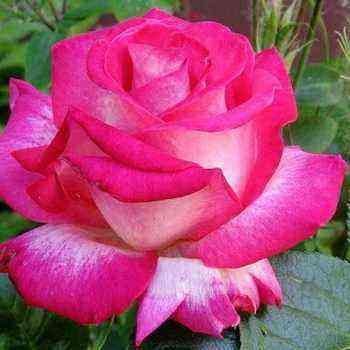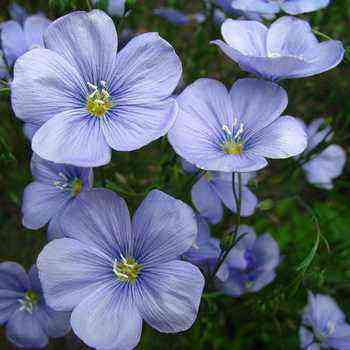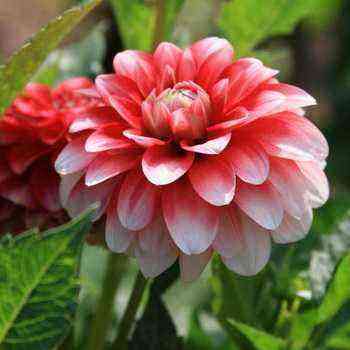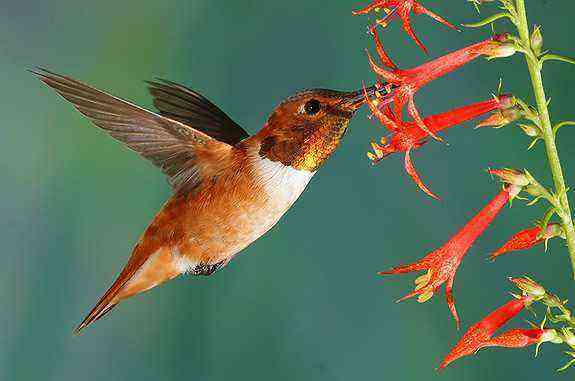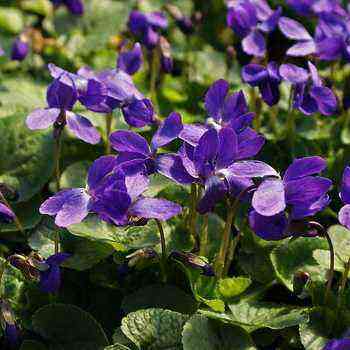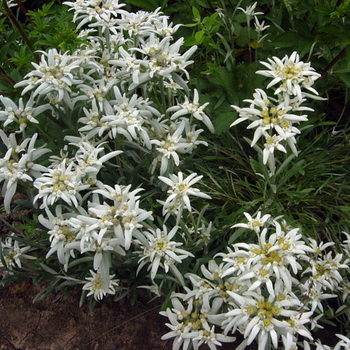
What does an alpine edelweiss flower look like?
Alpine edelweiss (Asteraceae family, or Asteraceae) is found naturally in the Alps and Carpathians. It grows high in the mountains on hard-to-reach rocky slopes. Many beautiful legends are associated with edelweiss. The dried flower is an obligatory part of the national Hutsul costume; men wear it behind a hat ribbon. Currently, the plant is listed in the Red Book.
It is a perennial herb with a height of 10-15 cm. Slightly curved tomentose-pubescent stems form low bushes.
Look at the photo – Alpine edelweiss has lanceolate silvery leaves from below, fleecy, collected in root rosettes:
And what does the edelweiss flower that grows in the Alps and Carpathians look like? The inflorescence of the plant is complex, consists of several small baskets formed by white or yellowish flowers. The baskets are surrounded by star-shaped spreading silvery-white leaves. The inflorescence reminds someone of an asterisk, and to someone a lion’s paw (hence the Latin name – “leontopodium”). Blooms in late May. By autumn, the mother plant dies off and the bush consists of small annual rosettes-leaves. Young plants overwinter and bloom next year. The fruit is achene. Seeds are small with fly.
Growing alpine edelweiss: planting and care
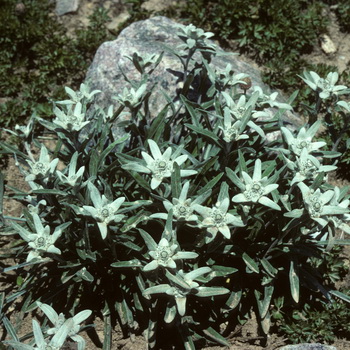
Propagated vegetatively and by seeds. Rhizomes are divided in early autumn, and it is possible in spring. Edelweiss is grown in one place for 3-4 years, then it is divided and transplanted to a new place. Can be propagated by seeds, which are sown in boxes in spring. Plants grown from seeds bloom in the third or fourth year. The feeding area for one plant is 20 x 20 cm.
After planting, care for the edelweiss must be thorough. In spring and autumn, you can feed it with mineral fertilizers. Water regularly, preventing the soil from drying out.
It has long been one of the most popular plants for rock gardens, can be grown in rockeries, as well as in groups against the backdrop of lawns. Edelweiss flowers, cut in half-open form, are very beautiful and stand in the water for a long time. Dried, they retain their airy shape and silvery color, and are used in winter bouquets.

